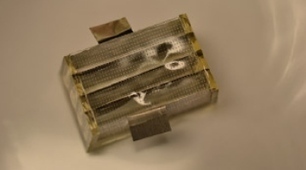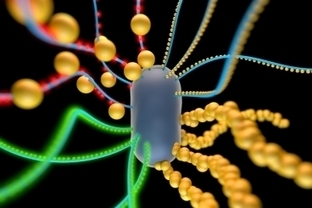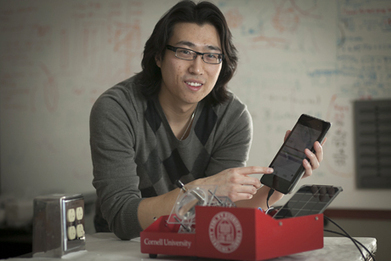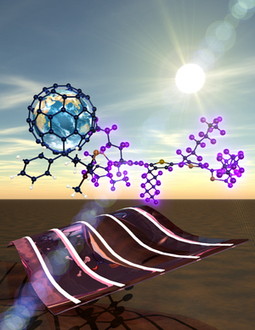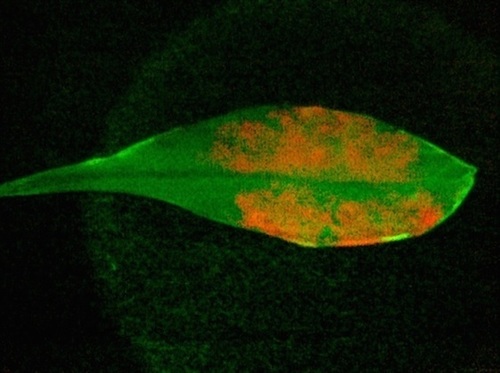See on Scoop.it – Trends FM: Outfiguring the Future – Trends that protend forth
Medical implants would monitor vital signs or dispense therapies before vanishing.
In recent years, scientists have been trying to develop implantable devices that make it easier for the patient and doctors — most devices currently require maintenance, usually to replace an expired battery, every seven to 10 years. Scientists, however, have now developeda biodegradable battery that, once out of power, can be absorbed by the body.
“This is really a major advance,” Jeffrey Borenstein, a biomedical engineer at Draper Laboratory, a research and development center in Massachusetts, told Nature. “Until recently, there has not been a lot of progress in this area.”
The device was created by researchers at the University of Illiinois, who, in January, developed a rechargeable nanoribbon that relied on the electromechanical interaction, piezoelectricity, to power a device. Essentially, the rechargeable “battery” converted the movement of organs into electricity devices could use.
See on www.nature.com
